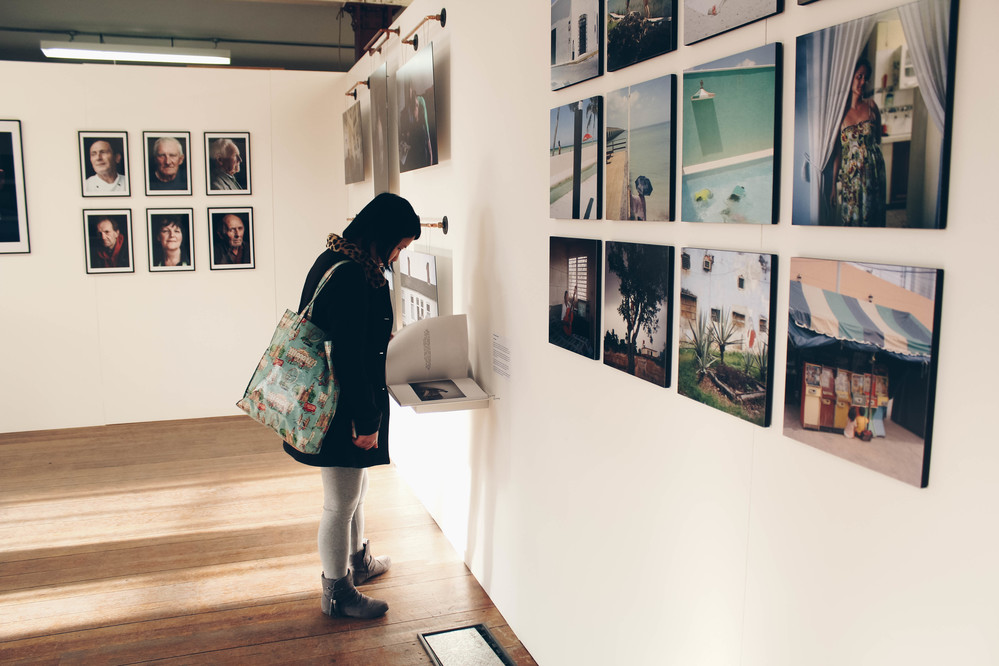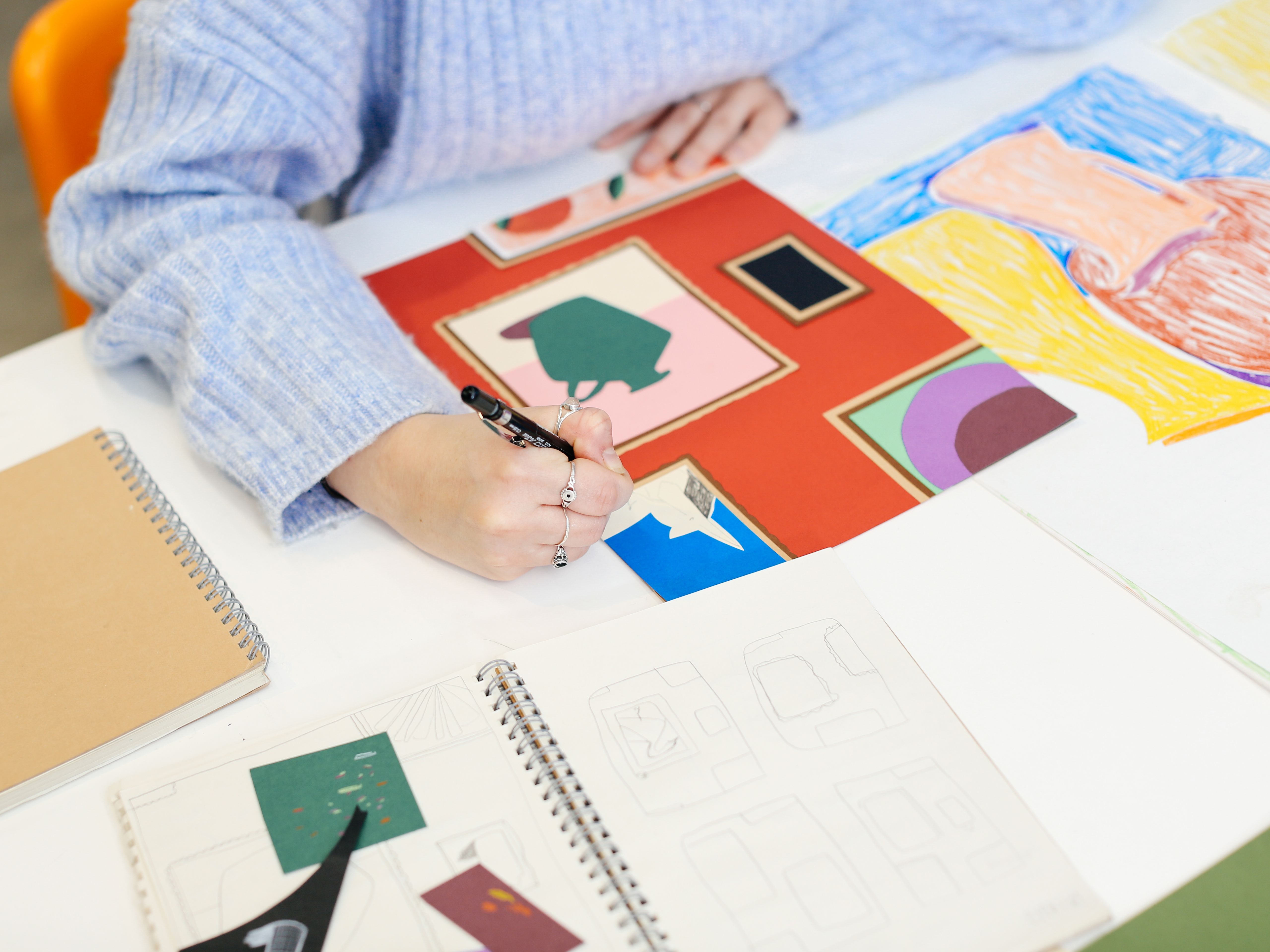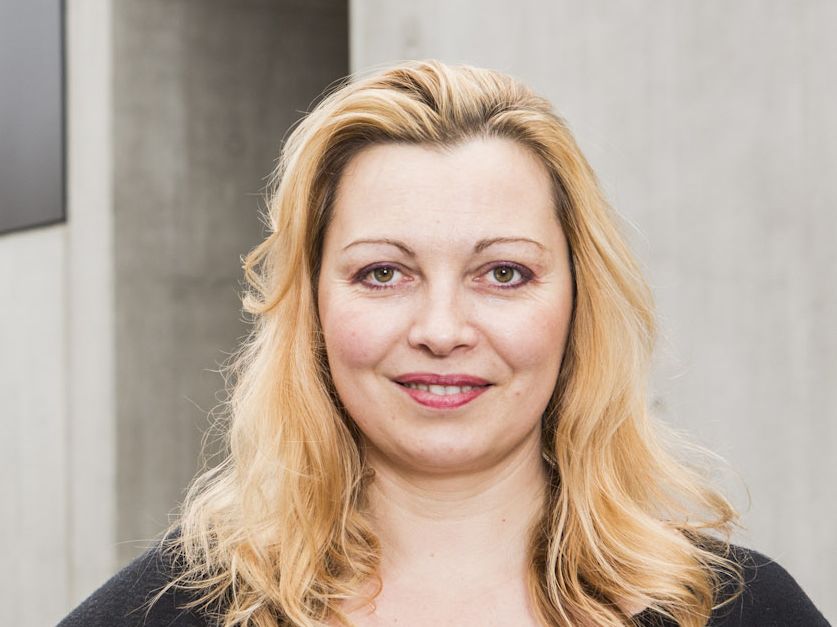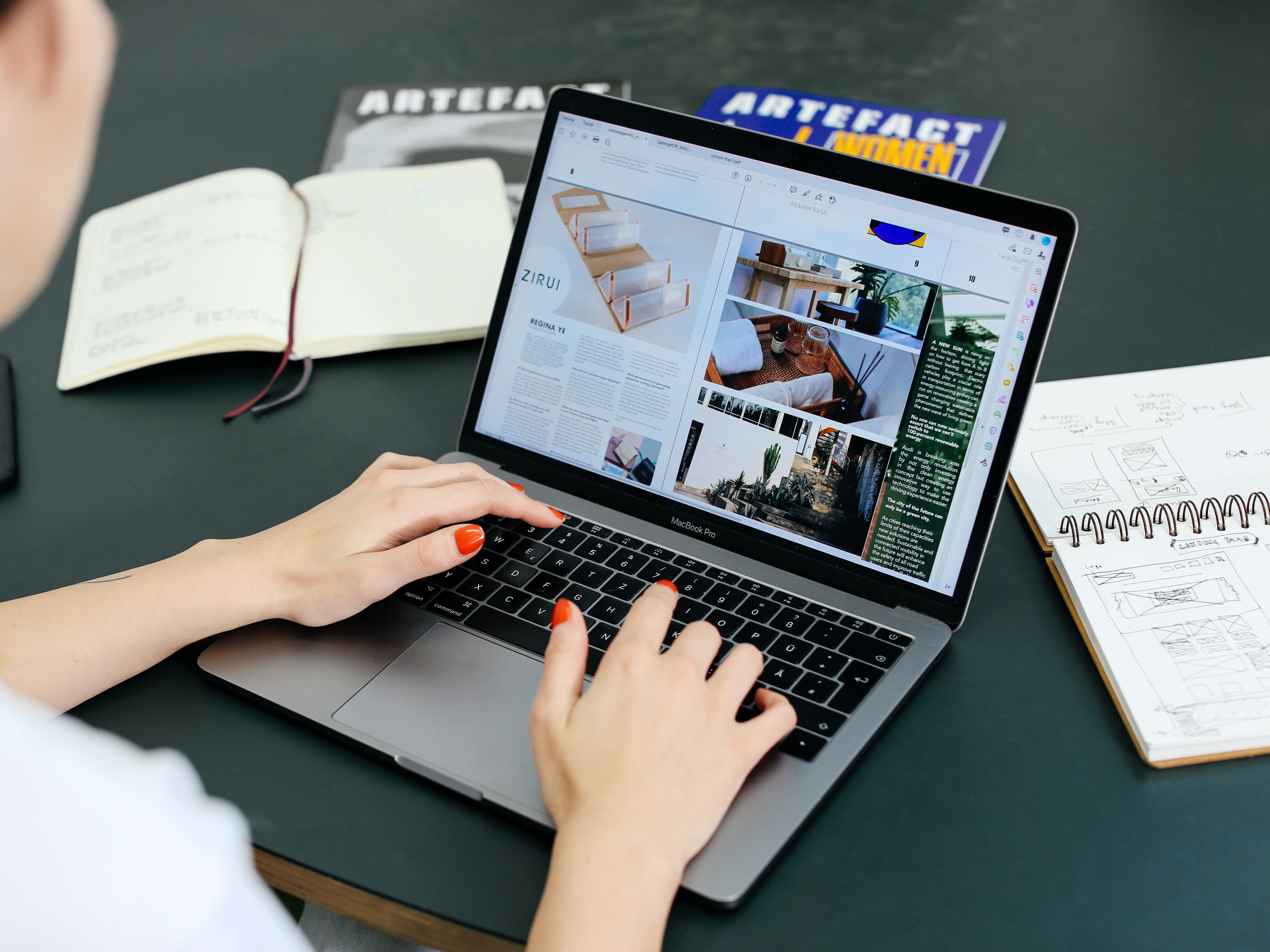Origins Creatives 2021 curator, Monica Biagioli, is a Senior Lecturer in Design Innovation at London College of Communication. Her work is collaborative and interdisciplinary, and focuses on creating a process of discovery or an exchange of ideas.
We spoke to her in advance of her workshop on 23 March, Getting ready to submit work for Origins Creatives, to find out exactly what curation is and how she approaches it.
What is curation?
Curation is all about the various areas of creative presentation, such as how objects or materials are arranged in either a physical or virtual space. The aim of curation is to enhance both the visual impact of the artwork and how it communicates with the viewer. For example, in curation, the spatial or sequential arrangement takes on a very powerful meaning as it takes the viewer through a journey or a narrative. This is achieved through the sequence of pieces and their size and distribution, including spacing between objects and the communication and impact of the pieces themselves.
The main focus of curation, for me, is to capture a theme or approach in a specific space, ensuring that there is a sense of a cohesive vision about the work presented. At the same time, the aim is to feature pieces that can highlight the qualities encompassed by the work, with an emphasis on variety and individual expression.
How do you approach curating an exhibition?
In terms of curating an exhibition, what the curator looks for is a sequence of works that will tell a story about a theme or subject area. I am often trying to find a balance between providing a range of work that communicates clearly and showcasing various perspectives.
The aim is to achieve a main thematic thread with a sense of style coming through individual pieces. These then can operate like punctuation marks to give emphasis and pause. Some works might be larger and brighter, creating a stronger sense of contrast from other works. While other pieces might require slower absorption and ask the viewer to slow down and take a closer look in order to gain deeper understanding.
How is curating for a digital exhibition different to a physical space?
There are some big differences between curating for a physical exhibition and curating for a digital space. In a physical location, the curator keeps the following in mind: flow of movement, the sense of walking through a space, first impressions, what is seen from a distance and creating space between works so that they have presence within the larger exhibition composition. An important part of curating a physical space is to create a sense of a spatial composition that is satisfying and, at the same time, allows for various ways to engage with the space and enter into different areas.
Curation for an online space, however, requires that you consider accessibility and the user journey, as well as the composition of the platform chosen for presenting works. More technical elements involved in entering and experiencing the online exhibition might exclude certain audiences from accessing the work, so a curator must, therefore, think about simplifying access, composition, and formats used in order to make everyone feel welcome in the space.
Image: Photography by Michael Vince Kim, Media School , UAL





